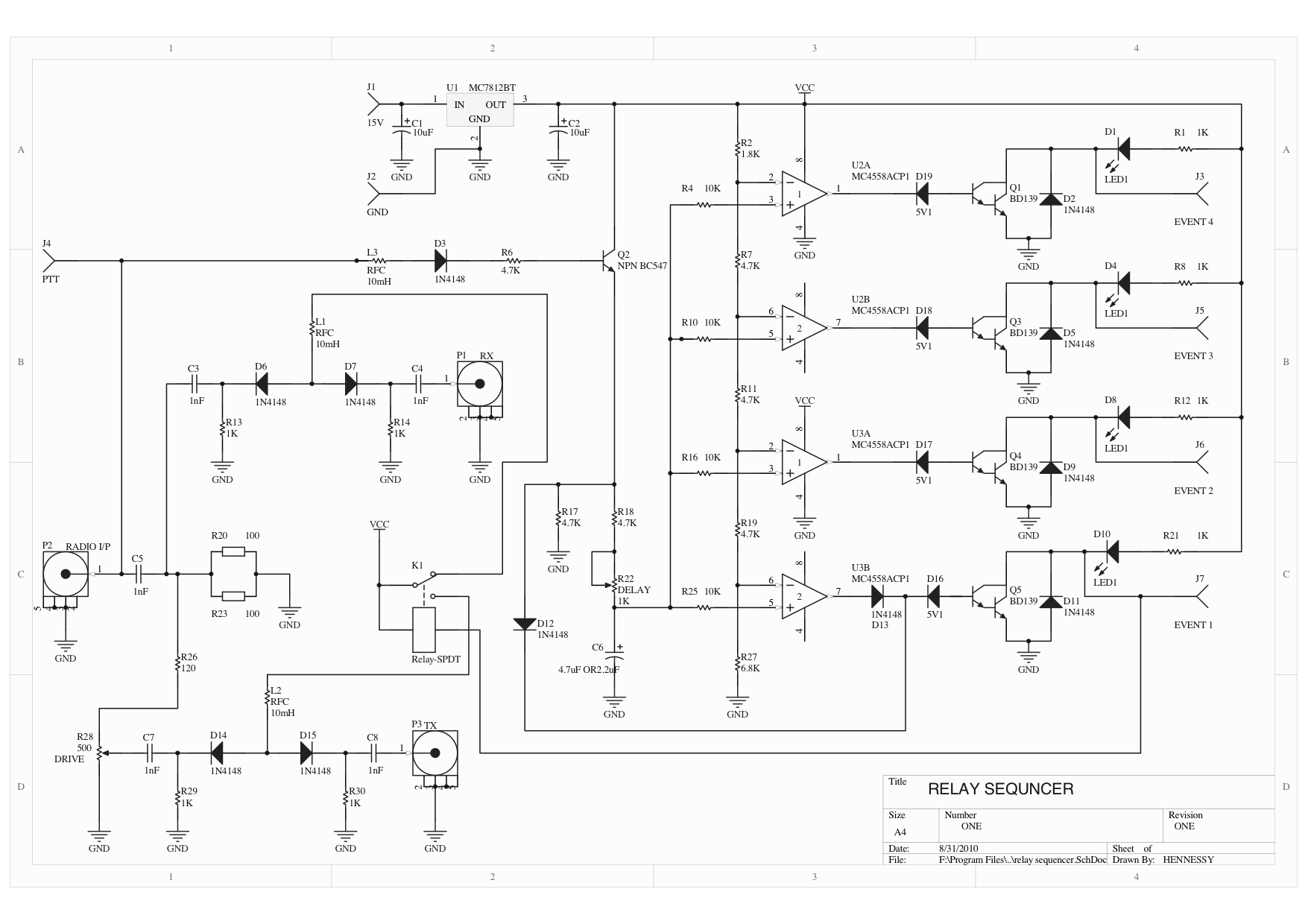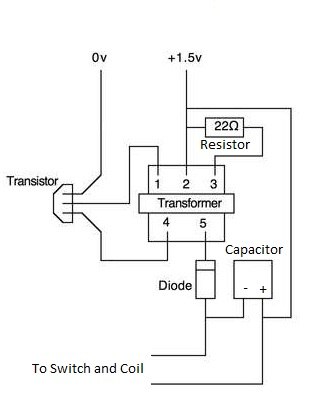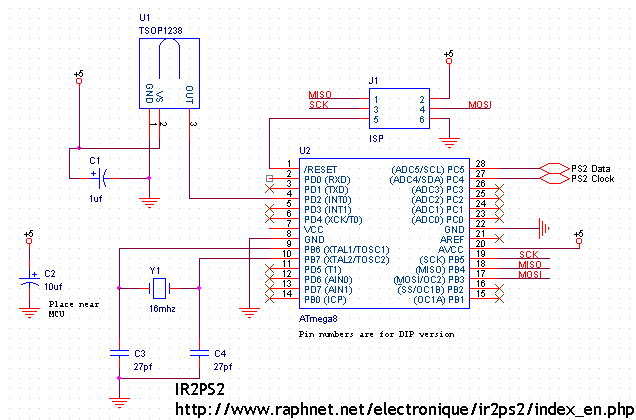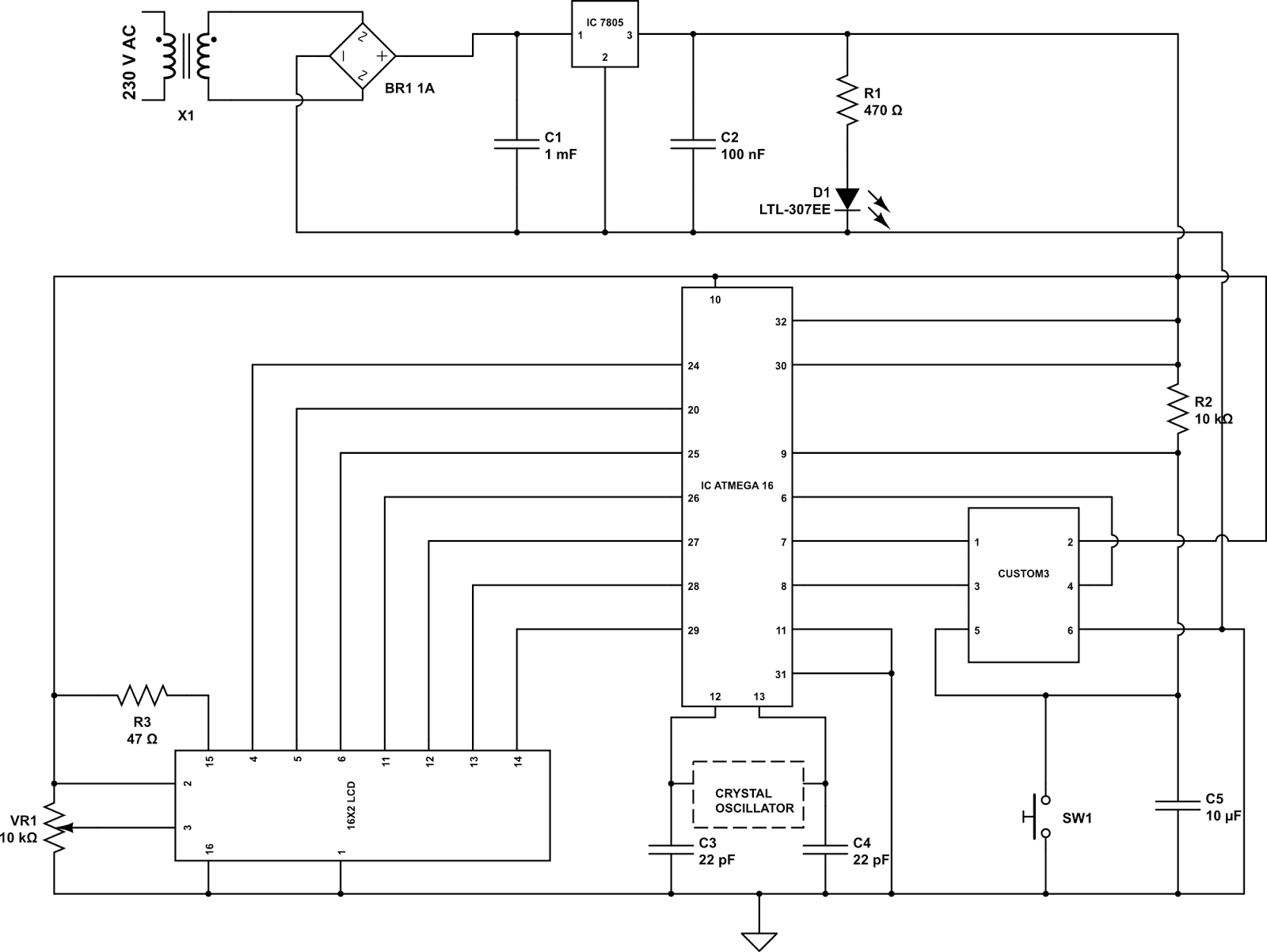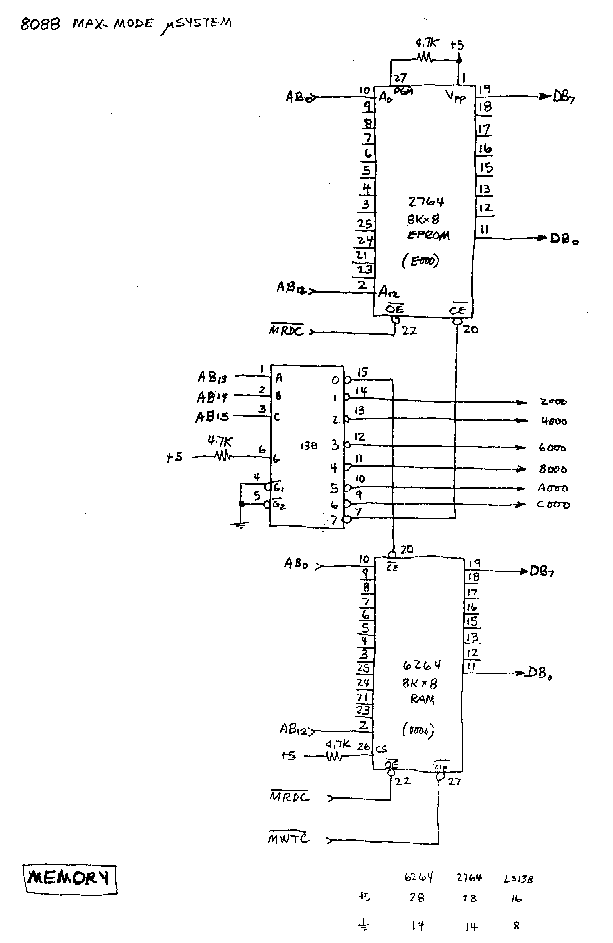
DISPLAY BOARD FOR RADAR GUN
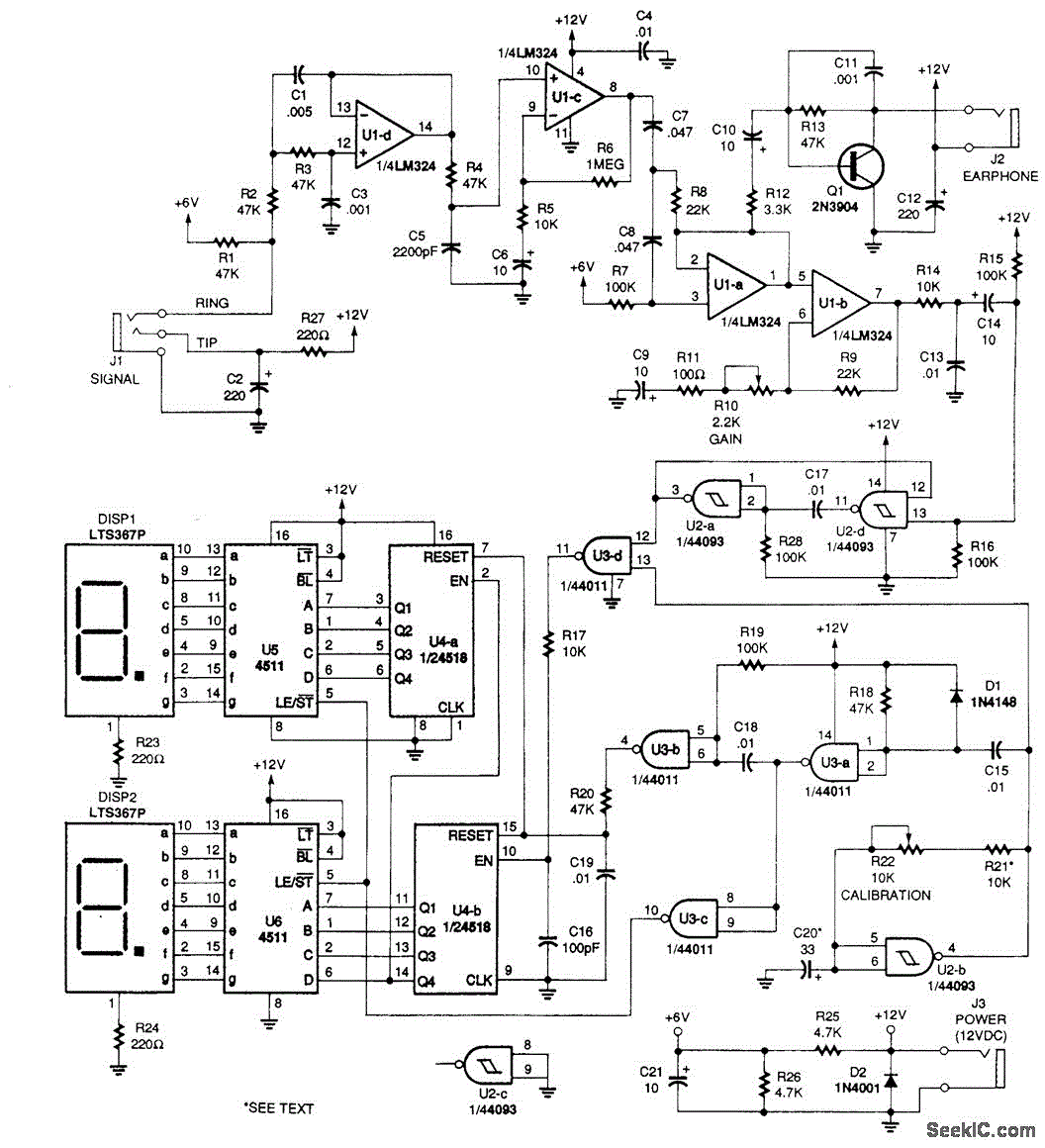
This circuit receives a Doppler signal from a radar, amplifies and limits it, and then feeds the frequency into a counter (U4) and a display circuit (DISP1, DISP2, U5, U6). The calibration of the counter is determined by the clock circuit U2B, with calibration achieved through resistors R21 and R22. Resistor R21 can be adjusted if a kilometers per hour readout is preferred.
The described circuit is designed to process Doppler radar signals effectively. It begins by receiving the raw Doppler signal, which is typically a low-level analog signal. The first stage of the circuit involves amplification, where the weak radar signal is boosted to a more manageable level. This amplification is critical for ensuring that the subsequent processing stages can accurately interpret the signal.
Following the amplification, the signal undergoes a limiting stage. This is essential for eliminating noise and preventing signal distortion, which can occur due to fluctuations in the input signal. By limiting the signal, the circuit ensures that only the relevant frequency components are passed on to the next stage.
The processed frequency is then directed to a counter (U4), which counts the number of cycles of the incoming signal over a specified time period. This frequency information is crucial for calculating the speed of an object based on the Doppler effect. The counter's output is subsequently fed into a display circuit composed of components DISP1, DISP2, U5, and U6. This display circuit provides a visual representation of the speed measurement, allowing users to easily read the results.
Calibration of the counter is handled by the clock circuit (U2B), which generates a precise timing reference for the counting operation. Resistors R21 and R22 play a pivotal role in this calibration process. By adjusting R21, users can modify the scaling of the readout, enabling the display to show speed in kilometers per hour or other desired units. This flexibility in calibration ensures that the circuit can be tailored to meet specific application requirements.
Overall, this circuit exemplifies a robust design for radar signal processing, featuring amplification, limiting, counting, and display capabilities, all of which are essential for accurate speed measurements in various applications.This circuit takes signal (doppler) from a radar,un, amplifies and limits it, and feeds the frequency into a counter (U4) and display circuit (DISP1, DISP2,U5,U6). Counter calibration is set by clock circuit U2B. Calibration is obtained via R21 and R22. R21 can be changed if kilometers/hour readout is desired.. 🔗 External reference
The described circuit is designed to process Doppler radar signals effectively. It begins by receiving the raw Doppler signal, which is typically a low-level analog signal. The first stage of the circuit involves amplification, where the weak radar signal is boosted to a more manageable level. This amplification is critical for ensuring that the subsequent processing stages can accurately interpret the signal.
Following the amplification, the signal undergoes a limiting stage. This is essential for eliminating noise and preventing signal distortion, which can occur due to fluctuations in the input signal. By limiting the signal, the circuit ensures that only the relevant frequency components are passed on to the next stage.
The processed frequency is then directed to a counter (U4), which counts the number of cycles of the incoming signal over a specified time period. This frequency information is crucial for calculating the speed of an object based on the Doppler effect. The counter's output is subsequently fed into a display circuit composed of components DISP1, DISP2, U5, and U6. This display circuit provides a visual representation of the speed measurement, allowing users to easily read the results.
Calibration of the counter is handled by the clock circuit (U2B), which generates a precise timing reference for the counting operation. Resistors R21 and R22 play a pivotal role in this calibration process. By adjusting R21, users can modify the scaling of the readout, enabling the display to show speed in kilometers per hour or other desired units. This flexibility in calibration ensures that the circuit can be tailored to meet specific application requirements.
Overall, this circuit exemplifies a robust design for radar signal processing, featuring amplification, limiting, counting, and display capabilities, all of which are essential for accurate speed measurements in various applications.This circuit takes signal (doppler) from a radar,un, amplifies and limits it, and feeds the frequency into a counter (U4) and display circuit (DISP1, DISP2,U5,U6). Counter calibration is set by clock circuit U2B. Calibration is obtained via R21 and R22. R21 can be changed if kilometers/hour readout is desired.. 🔗 External reference
